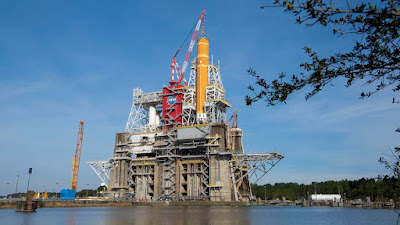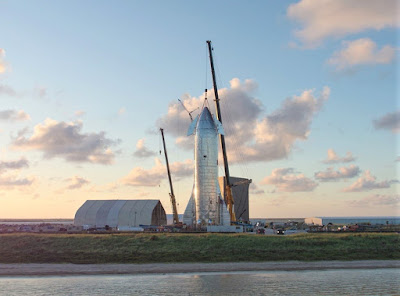GM Is Developing a Vehicle for the Moon

GM & Lockheed Martin's Lunar Rover Source: GM, Lockheed, NASA One Big Moonshot For automotive giant GM and aerospace giant Lockheed Martin, their new partnership to develop a commercial lunar rover is one big Moonshot. Their prototype looks a bit like a toy but this is not fun and games. They intend to deliver their Lunar Mobility Vehicles (LMV) to customers by 2025. The electric moon vehicle could prove to be an important part of NASA's Artemis Mission that will bring astronauts back to the Moon this decade, 50 years after the Apollo mission. A Big Commitment With or Without Government Funding Lockheed and GM intend to build the Moon vehicles with or without government funding. There is no guarantee that they will win the NASA bidding process and be awarded a contract for use of the vehicle during the Artemis mission, set to launch in 2025. The companies say they are building the LMV 100% for industrial use. They anticipate accelerating de...














